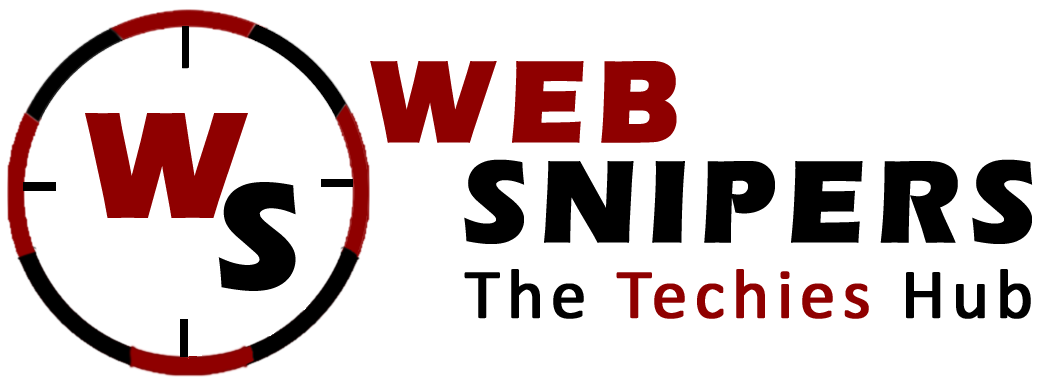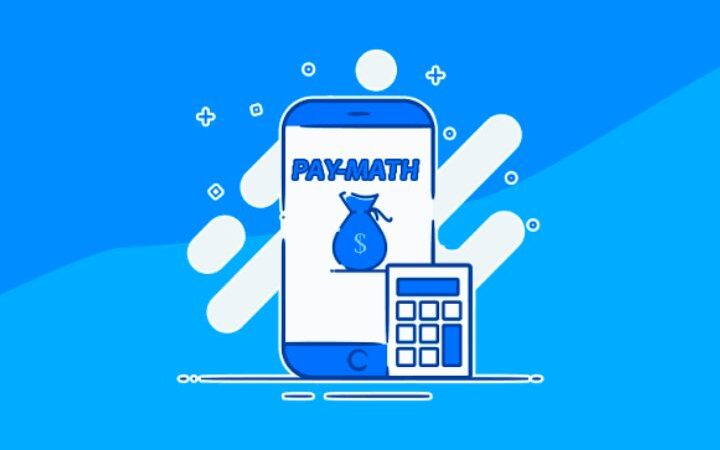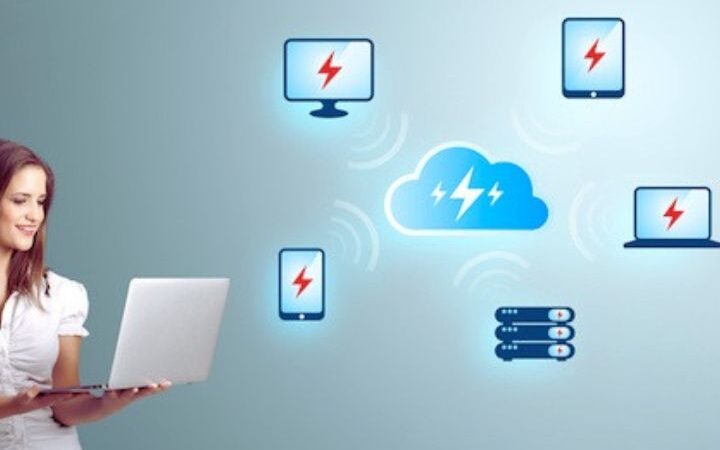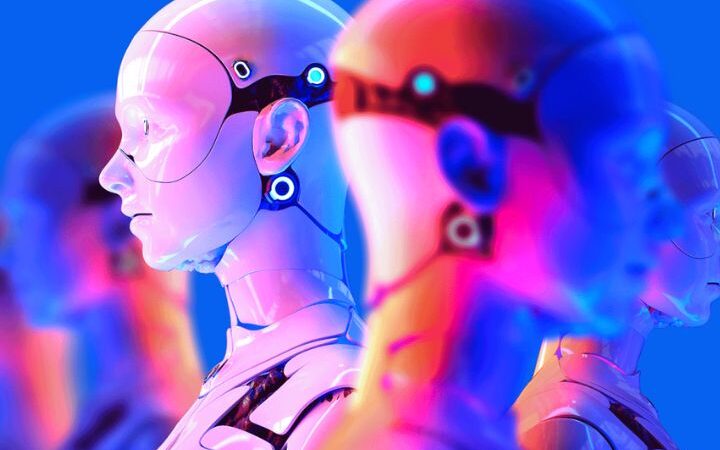Do You Know The Raspberry PI?
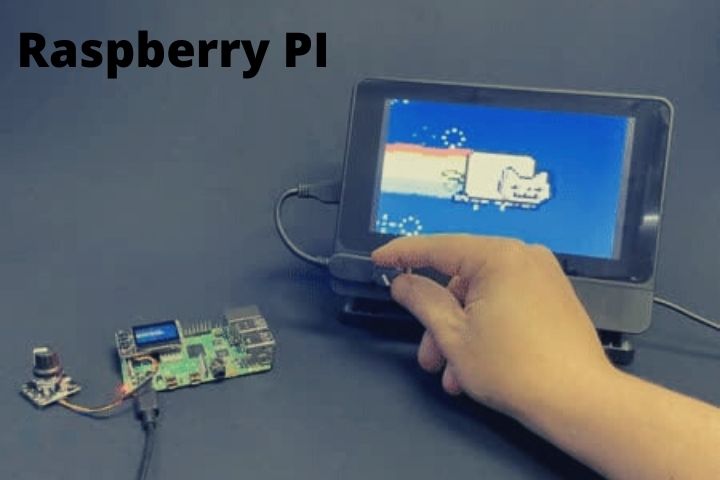
We start with the entries on tutorials for Raspberry Pi and other similar mini PCs. But, logically, before starting to play with it and get into the tutorials, we have to know what Raspberry Pi is.
For those who do not yet know this phenomenon that has become so popular, in this post we are going to see what Raspberry Pi is , what its origins are, what it is for, and some of the keys that have led to its success in the Geek and Maker community. .
In later posts we will delve into the tutorials of this little machine that can give us so much fun and play. Meanwhile, we get into the subject at hand, answering the question,
Table of Contents
What Is Raspberry PI?
Raspberry Pi is a small, low-cost, low-power mini computer whose first models were released in April 2012.
Generally, these types of mini computers run Linux-based operating systems and are closely related to Open Software. However, the development of Raspberry Pi itself is not Open Hardware.
In addition to a Raspberry computer, it incorporates electronic functions such as GPIO (General Purpose Input/Output) pins, and communication functions such as UART (Universal Asynchronous Receiver-Transmitter), and SPI (Serial Peripheral Interface), I²C (Inter-Integrated Circuit).
These functions make it possible to be used in electronics and robotics projects, interacting with sensors (temperature, light, acceleration…) and actuators (motors, servos, relays.). In this sense, we could say that it “shares” certain capabilities with devices like Arduino.
However, it should be noted that the power of these mini PCs is not comparable to what we have in a “conventional” computer . Although the latest models incorporate much higher processors than the first versions, the computing power, to give you an idea, is more comparable to that of a modern Smartphone.
Where Did Raspberry PI Come From?
Raspberry Pi was developed in the UK by the Raspberry Pi Foundation, formed in 2008 by a group of techies and academics including Eben Upton, Rob Mulins, Jack Lang, Alan Mycroft, Pete Lomas, and David Braben.
According to its creators, the goal was to create a low-cost device that would bring a computer to all audiences with which to improve skills in computing, programming and electronics.
The Raspberry Pi project started in 2006, and was inspired by the BBC Micro, a computer that made computing popular in 1981. This computer had two models A and B and, for this reason, the first version of Raspberry Pi also had two variants a and b.
Precisely the name of Raspberry is another historical nod to the fact that many of the computer developments of this time were named after fruits (Apple, Apricot, Tangerine.). For his part, Pi refers to the Python programming language, since he was originally destined to learn this programming language.
Why Has Raspberry PI Been Successful?
Beyond its initial objective of bringing information technology to all audiences, especially in teaching, the truth is that its low price, consumption, small size, and its electronic capabilities (GPIOs, UART, etc.) meant that it was a great hit with the geek/maker community .
This has greatly contributed to its popularity, creating an active community of users who employ devices like the Raspberry Pi in a wide variety of projects.
The user community is one of Raspberry’s strengths , because it provides a large number of developments, documentation, and tutorials, which contribute to the introduction and popularization of the device.
In fact, the success of Raspberry boards has been so successful that at various times there have even been supply problems for some models (generally the latest model launched) since demand was higher than production capacity.
What Can I Do With A Raspberry PI?
Although the power of a Raspberry Pi is lower than a conventional computer, it is still a fully functional computer. To this we must add that it has its own electronic functions.
Therefore, the possible uses are almost infinite , as many as you can imagine. An internet search will find thousands of projects using a Raspberry Pi.
Some of the most “conventional” and common projects are, for example, learning Linux or programming, connecting it to a television and using it as a multimedia center, connecting hard drives and using it as a NAS server, or even as a small home server.
Less common (and more interesting) applications include all kinds of electronics and robotics projects, computer vision applications, IoT (Internet of Things) applications. There are even projects that connect several Raspberry Pi in parallel to make a mini-computing cluster.
What Models Are There?
There are two families of Raspberry Pi, the “traditional” and a more recent one of very small size called Zero. Each model of both families has its own characteristics of CPU, RAM, number of ports, connectivity, etc.
Therefore, the topic is extensive enough to deserve its own entry. Therefore, we will analyze the differences between them in a future post.
Is It Really That Cheap?
This is a very interesting question. Is it so cheap? Yes and no. On the one hand, the price of the plates are what they are, but many considerations must be taken into account .
The first factor is, as we have mentioned, the scarcity of some models due to their high demand. For example, at the time of writing this post, we can find a Raspberry Pi 3, the latest model (Quad Core + Wifi) for €31, shipping costs included. However, the Raspberry Pi Zero, which in theory should cost €5, due to its scarcity and high demand, is selling for €20-25.
On the other hand, depending on where you buy you have to take into account that the price they give you includes taxes and shipping costs .
In addition, we must have the additional components that we must add to make it work . Some of these components are optional and others are required.
In the unavoidable components we will need an electrical adapter , which should be a high amperage (more than 2A). This means adding €4 to the cost.
On the other hand, Raspberry does not have a “hard disk”, instead we have to use a micro SD card that we also have to buy. It should be of quality, at least 8GB, and class 10 is recommended. We add another €6.
